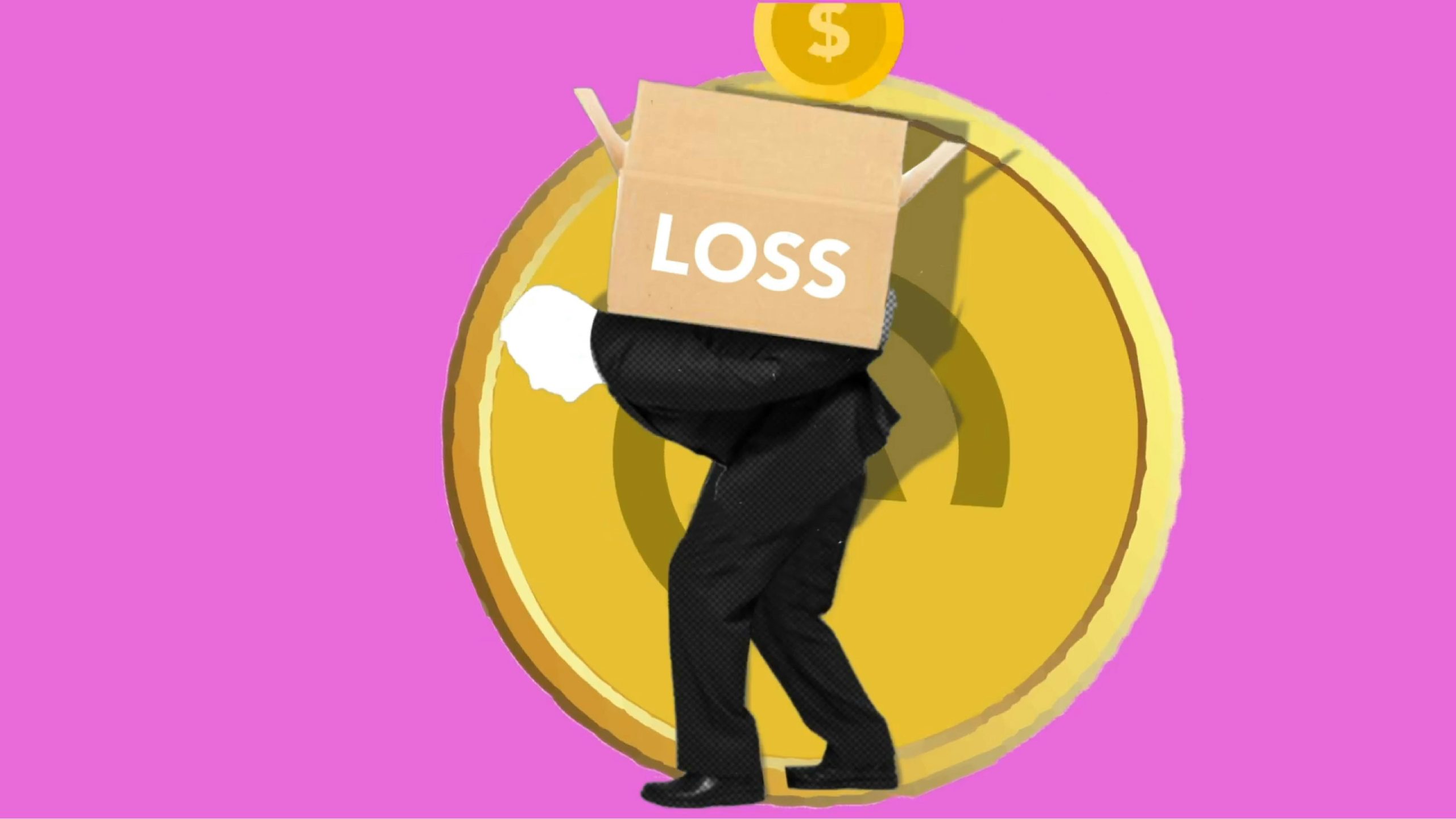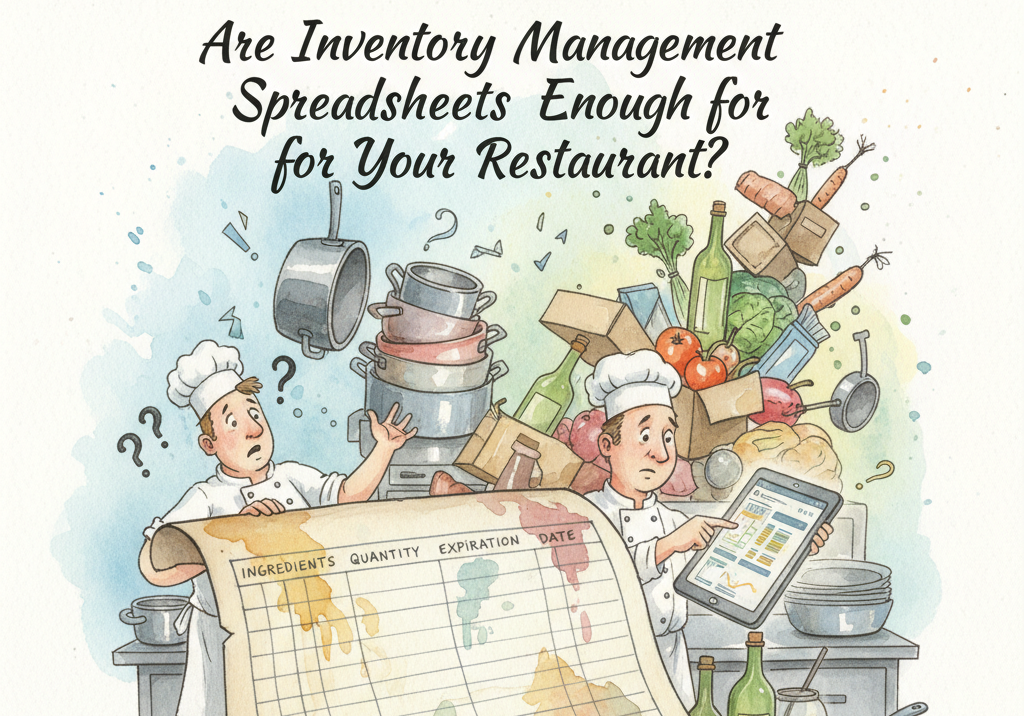Has it ever happened that you bought expensive seasoning and never used it again? What happened to that seasoning?
Deadstock refers to those ingredients that you bought long ago and never used. These items occupy unnecessary space and are bad for your budget. If you keep buying stuff like these and never use them then that could be a bad thing for your finances.
You can save a lot of money by identifying and removing deadstock from your restaurant inventory. Read more to find out why deadstock is harmful and how you can remove it from your restaurant.
What Does Deadstock Mean?
In simple terms, deadstock is inventory that hasn’t been sold or used for a long time. In a restaurant, this might be unused ingredients, expired items, or seasonal products that weren’t in demand. It’s food sitting on shelves or in storage that hasn’t been used, and it’s costing you money.
Imagine you buy a large batch of an expensive cheese for a new menu item. But the dish doesn’t sell as expected, and that cheese ends up untouched. Over time, it goes bad, and that’s now deadstock. You lose both the money spent on the cheese and the storage space.
Is Deadstock a Good Thing?
No, deadstock is not a good thing for your restaurant. Here’s why:
- Wasted Money: Deadstock represents money spent on inventory that doesn’t bring in any revenue. Statistics show that around 10-20% of restaurant food is wasted due to poor inventory management, costing restaurants thousands each year.
- Storage Issues: Deadstock takes up valuable storage space that could be used for fresh ingredients or fast-moving items.
- Increased Waste: Food waste has become a growing issue. The U.S. alone wastes around 31% of its food supply at retail and consumer levels, much of it in restaurants. Deadstock contributes to this waste, affecting the environment and adding disposal costs.
- Impact on Cash Flow: Deadstock ties up money that could be better spent elsewhere, like marketing, equipment, or hiring more staff.
So, it’s crucial to understand deadstock and take steps to reduce it. The less deadstock you have, the better your finances and operations.
Why Does Deadstock Matter to a Restaurant?
Deadstock is a silent drain on resources. Restaurants usually work with small profit margins, often around 3-5%. Any unnecessary cost can significantly impact profit. Deadstock is especially harmful because it’s hidden—out of sight in storage but reducing your bottom line.
When deadstock piles up, it limits your ability to buy new stock or test new menu items. This affects flexibility and growth, making it harder to stay competitive in a challenging market.
Deadstock management is essential to save money and keep operations lean. Efficient inventory management directly impacts your profit. By keeping track of deadstock, you gain better control over your inventory and can plan smarter.
How to Calculate Deadstock?
Understanding and calculating deadstock is the first step toward controlling it. Here’s a simple way to calculate deadstock in your restaurant.
Step 1: Inventory Count
Start by doing a full count of your inventory. Identify the items that haven’t moved for a while. Make sure to check all storage areas—fridges, freezers, pantries, and dry storage.
Step 2: Identify Unused Stock
After the count, mark items that haven’t been used in a set period (say, one month or three months). Any item that hasn’t been used in that time frame is considered deadstock. This also includes expired items.
Step 3: Calculate Deadstock Value
Now, add up the cost of these unused items. For instance, if you have RM200 worth of unused cheese, RM150 worth of sauces, and RM100 of other perishable goods, your total deadstock value is RM450.
To calculate deadstock as a percentage of your total inventory, use this formula:
Deadstock Percentage=(Value of Deadstock/Total Inventory Value)×100
If your total inventory value is RM 2,000 and your deadstock value is RM 450, then:
Deadstock Percentage=(450/ 2000)×100=22.5%
A 22.5% deadstock rate means nearly a quarter of your inventory is not making any profit.
How to Control Deadstock?
Once you know your deadstock, the next step is to control and reduce it. Here are some effective methods:
1. Use Restaurant Inventory Software
One of the easiest ways to reduce deadstock is by using restaurant inventory software. With software, you can track inventory in real-time, which helps you know when certain items aren’t being used. Some software solutions can send alerts when stock isn’t moving, so you can take action before items expire.
Additionally, inventory software helps you predict trends by analyzing data. This way, you can better forecast what ingredients you need. Research shows that restaurants using automated inventory systems reduce food waste by up to 15-25% compared to manual systems.
2. Manage Order Sizes
Order in smaller quantities for items that don’t sell quickly. Many restaurants overorder to avoid running out of stock, but this leads to excess. Consider adjusting order quantities based on actual demand, which you can track over time using restaurant inventory software.
3. Optimize Menu Based on Inventory
If you have an item close to expiry, create a special or limited-time dish that uses it. This way, you can sell off inventory before it becomes deadstock. Make it a “Chef’s Special” or a “Limited Edition Dish” to attract customer attention.
4. Train Your Staff
Employees play a big role in managing inventory. Train your staff to check expiration dates, organize inventory efficiently, and practice the “first in, first out” (FIFO) method. FIFO means using older stock first, which helps reduce the chance of items expiring.
5. Set Up Regular Inventory Checks
Routine inventory checks make it easier to spot deadstock early. Schedule regular audits, such as weekly or monthly checks, depending on your stock turnover rate. Regular checks will also help you notice any pattern of deadstock, which you can address by adjusting purchase orders or menu planning.
Deadstock might seem like a small issue, but it can hurt your restaurant in big ways. By understanding what deadstock means and taking steps to control it, you save money and improve efficiency. Whether you’re running a small café or a large restaurant, deadstock management matters.
Using simple practices like ordering in smaller quantities, training staff, and leveraging restaurant inventory software can make all the difference. Remember, every dollar saved in inventory is a dollar added to your profit. So, start tracking your deadstock today, and keep your restaurant inventory lean and profitable.




